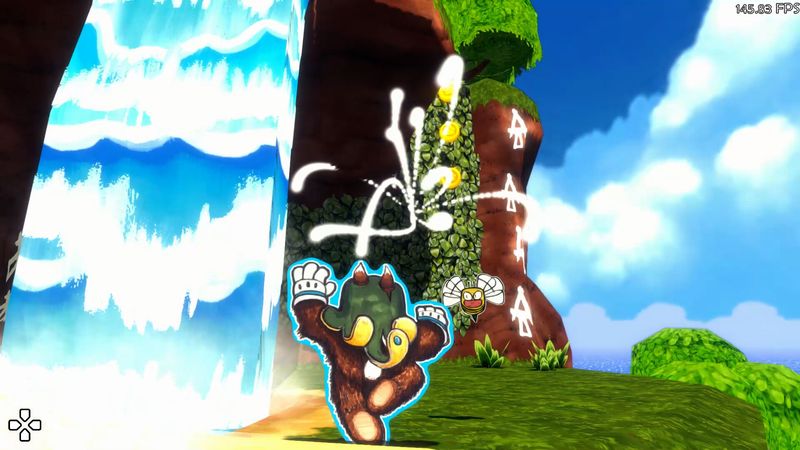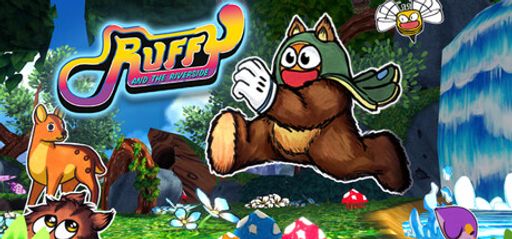I’ll admit it up front: Ruffy and the Riverside hit me right in the nostalgia bone. Its N64‑era art style and cheeky banter evoke Rareware platform‑puzzlers. As TropeTracker, I’m here to dig beneath the varnish. To celebrate where the magic of texture swapping truly shines, and to point out where it occasionally trips over its own vines.
Overall Impressions
The Swap Scanner dazzles by letting you scan ice, stone, or wood textures and paste them anywhere. Lava gushes where water once flowed, and vines climb icy cliffs. Discovering clever tricks like using a springy sponge to reach hidden ledges feels immensely rewarding. Yet about one in five surfaces won’t accept new textures, and the game never explains why. Hunting for swappable walls disrupts immersion, and long blocks of text slow the pace.
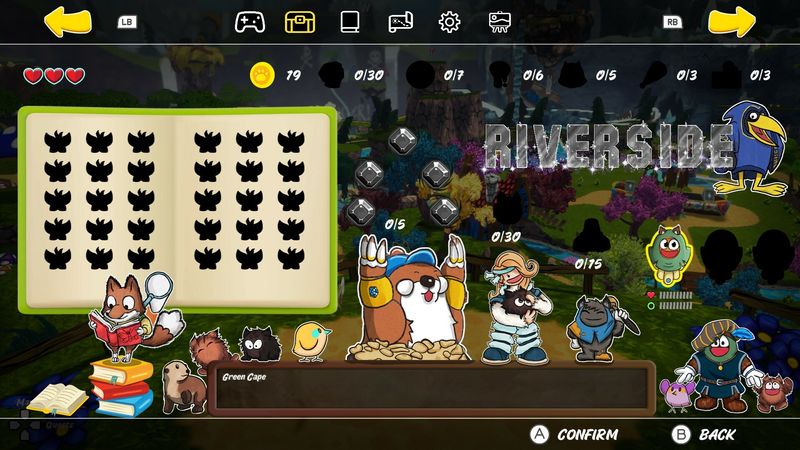
Gameplay Mechanics
Texture swapping delivers constant “aha” moments: turn waterfalls into sticky moss or freeze sand to skate across deserts. Its intuitive design invites creativity, whether you’re bouncing off sponge‑coated towers or carving new paths. Although some “no‑go” surfaces halt progress, the mechanic keeps exploration lively. Platforming and combat strike a friendly balance—jumps demand precision but not perfection, and battles reward smart swaps over button‑mashing. This blend sustains momentum without ever feeling punishing.
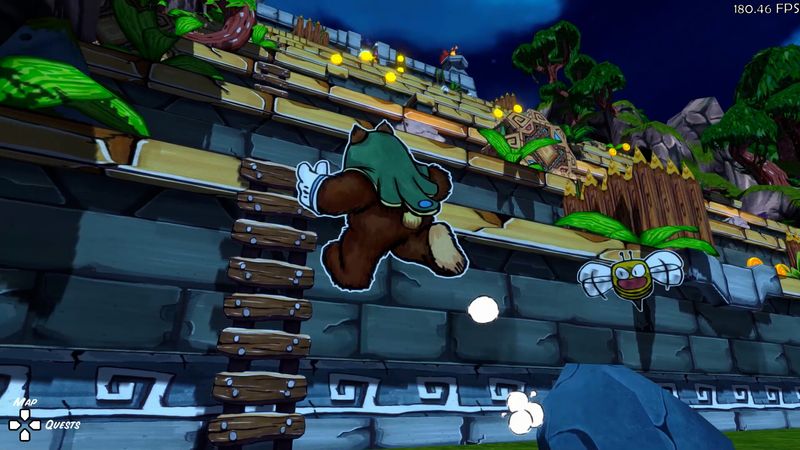
Story and Characters
You awaken as Ruffy, a sprite‑mage whose riverside home is overrun by colossal vines. Guided by a bookish mentor, you unlock the Swap power and explore icy caverns, molten fields, and floating isles. A pun‑loving parrot sidekick lightens tense moments, though deeper motivations remain thin. Polished visuals and snappy banter deliver genuine laughs, even if you sometimes crave more narrative weight.
World‑Building
Riverside shopkeepers gossip, children chase frogs, and side quests reveal a community under siege. Each NPC breathes life into the hamlet, grounding your magical journey in relatable stakes. Swap‑powered traversal turns exploration into an emotional investment—encouraging you to save not just your home, but the people who make it feel like home.
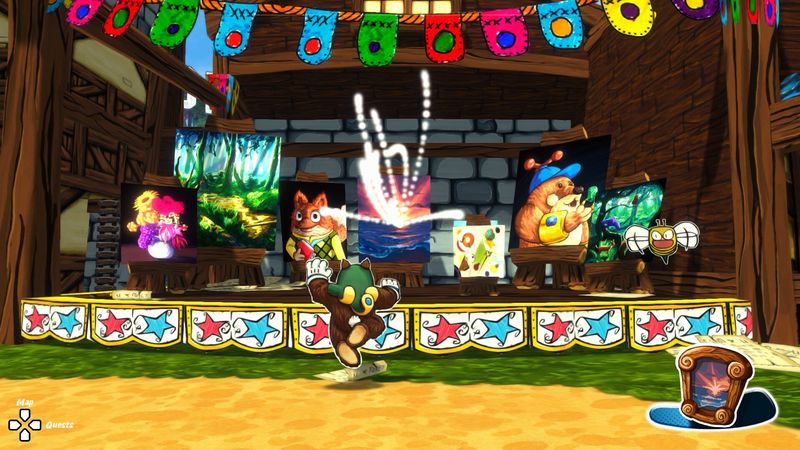
Visuals and Graphics
Hand‑painted 2D sprites blend with a polygonal 3D world, bursting with bright, saturated hues. Retro charm meets modern polish. Every tree, rock, and critter feels deliberately drawn. Texture swaps further enrich environments, encouraging experimentation. Occasionally, a surface refuses to scan, leading to half‑swap glitches. But even those quirks feel delightfully unpredictable.
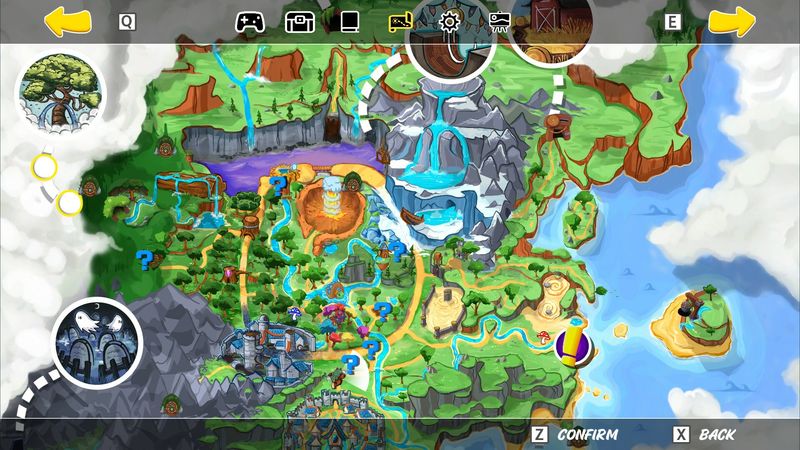
Sound and Music
A jaunty, melodic score riffs on classic platformer tunes without stealing focus. Dynamic audio cues enhance immersion and provide intuitive feedback. Wind chimes when you swap to wood, bubbling growls under molten rock. Although there’s no voice acting, sprinkling a few spoken lines during key moments would break up dense text blocks and deepen emotional connection.
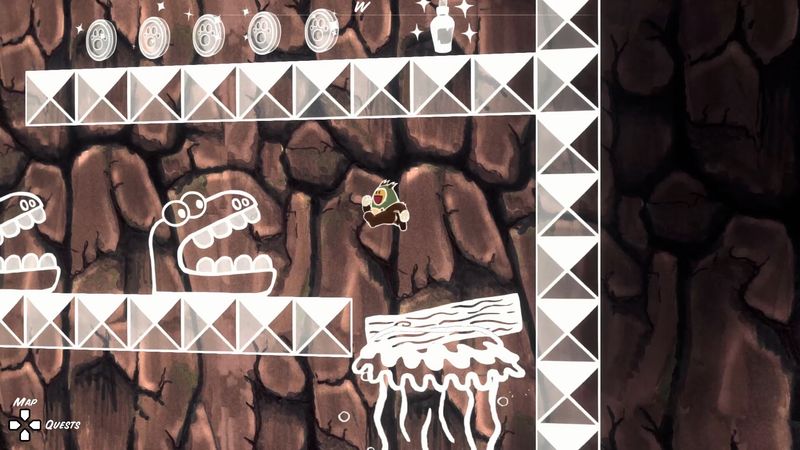
Difficulty and Replayability
Light tutorials balance guidance and discovery, though sparse direction can feel like groping in the dark. Puzzles curve gently, rewarding hands‑on problem solving. Replay value soars for completionists thanks to hidden side‑quests, collectible hints, and community‑made swaps. Whether chasing every secret mural or testing new texture ideas, the game rewards curiosity with near‑endless fresh challenges.
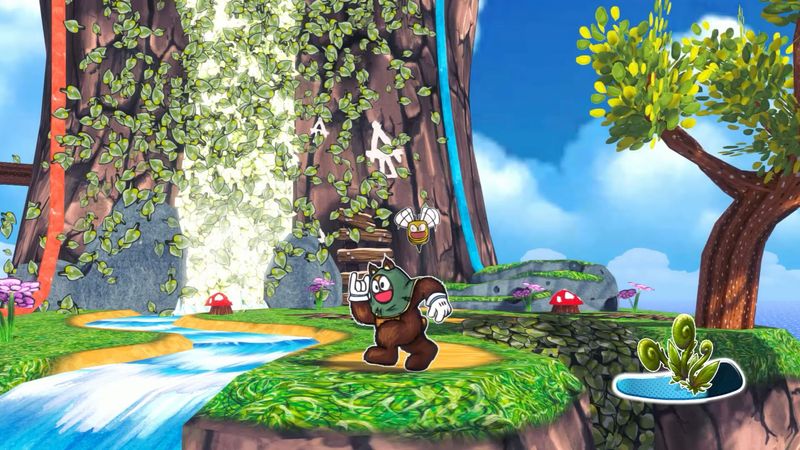
Developer Trivia
Zockrates Laboratories UG spent seven years on this project. Over 600 unique sketches were hand‑drawn for Ruffy. The Swap Scanner began as an in‑house art tool, and Phiphen Games helped polish performance and UI during the final year.
Final Thoughts
Ruffy and the Riverside is a warm, joyful tribute to retro platformers, buoyed by one fresh trick: swapping textures to hack the world around you. It stumbles over blind spots—in mechanics and dialogue length. But those flaws pale beside its inventive spirit.
Rating: 4 out of 5 stars
